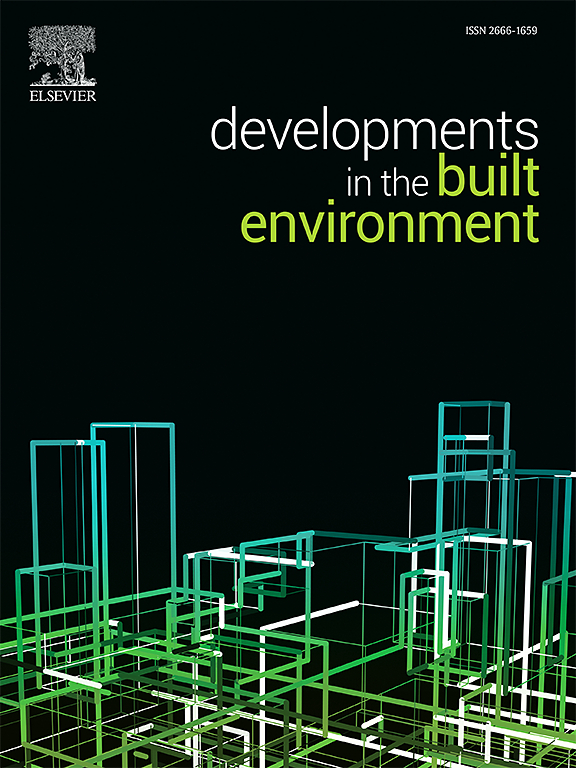Explainable ensemble learning graphical user interface for predicting rebar bond strength and failure mode in recycled coarse aggregate concrete
IF 6.2
2区 工程技术
Q1 CONSTRUCTION & BUILDING TECHNOLOGY
引用次数: 0
Abstract
Novel study deploys robust machine learning algorithms using newly built comprehensive dataset to predict reinforcing rebar-to-recycled coarse aggregate concrete (RCA) bond strength and failure mode. Prior investigations have solely concentrated on bond strength, resulting in a limited comprehension of the bond failure pattern. Considering the increasing significance of sustainable construction methods, it is crucial to examine both the failure pattern and bond strength to expand the versatility of RCA in various reinforced concrete structures. Accordingly, XGBoost, CatBoost, Random Forest, and LightGBM were trained for this purpose. Model performance was appraised using various statistical metrics, while failure classification performance was assessed using accuracy, recall, and precision indicators. Model performance was ranked using Copeland's algorithm. Feature importance was quantified using SHAP. Coefficient of determination of 0.91 was achieved by XGBoost in predicting bond strength, outperforming other nine analytical models in literature. Failure mode was predicted with accuracy of 94% by CatBoost, XGBoost, and LightGBM. Embedment length and compressive strength features had greatest influence on bond strength and failure mode, respectively. User-friendly graphical interface was developed to harvest ML models in real-world engineering practice. Online free access accurately assigns to any given combination of input features corresponding accurate rebar bond strength and failure mode.
用于预测再生粗骨料混凝土中钢筋粘结强度和破坏模式的可解释集合学习图形用户界面
这项新研究利用新建立的综合数据集部署了稳健的机器学习算法,以预测钢筋与再生粗骨料混凝土(RCA)的粘结强度和失效模式。之前的研究仅关注粘结强度,因此对粘结失效模式的理解有限。考虑到可持续建筑方法的重要性与日俱增,因此必须同时研究破坏模式和粘结强度,以扩大 RCA 在各种钢筋混凝土结构中的应用范围。为此,我们训练了 XGBoost、CatBoost、Random Forest 和 LightGBM。模型性能使用各种统计指标进行评估,而故障分类性能则使用准确率、召回率和精确度指标进行评估。使用科普兰算法对模型性能进行排序。使用 SHAP 对特征重要性进行量化。XGBoost 预测粘接强度的判定系数为 0.91,优于文献中的其他九种分析模型。CatBoost、XGBoost 和 LightGBM 预测失效模式的准确率为 94%。嵌入长度和抗压强度特征分别对粘接强度和破坏模式的影响最大。开发了用户友好的图形界面,以便在实际工程实践中收获 ML 模型。通过在线免费访问,可以为任何给定的输入特征组合精确分配相应的钢筋粘结强度和破坏模式。
本文章由计算机程序翻译,如有差异,请以英文原文为准。
求助全文
约1分钟内获得全文
求助全文
来源期刊

Developments in the Built Environment
Multiple-
CiteScore
7.40
自引率
1.20%
发文量
31
审稿时长
22 days
期刊介绍:
Developments in the Built Environment (DIBE) is a recently established peer-reviewed gold open access journal, ensuring that all accepted articles are permanently and freely accessible. Focused on civil engineering and the built environment, DIBE publishes original papers and short communications. Encompassing topics such as construction materials and building sustainability, the journal adopts a holistic approach with the aim of benefiting the community.
 求助内容:
求助内容: 应助结果提醒方式:
应助结果提醒方式:


